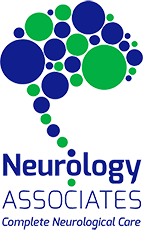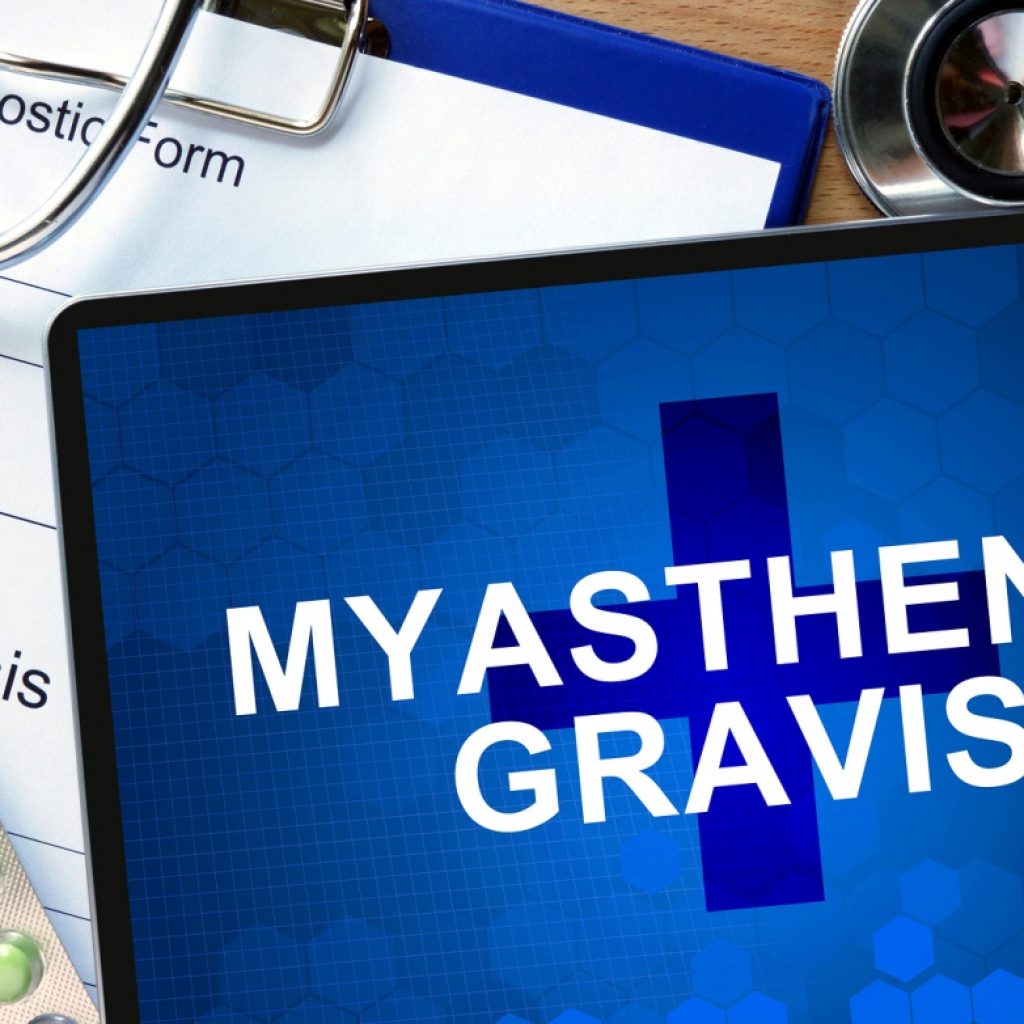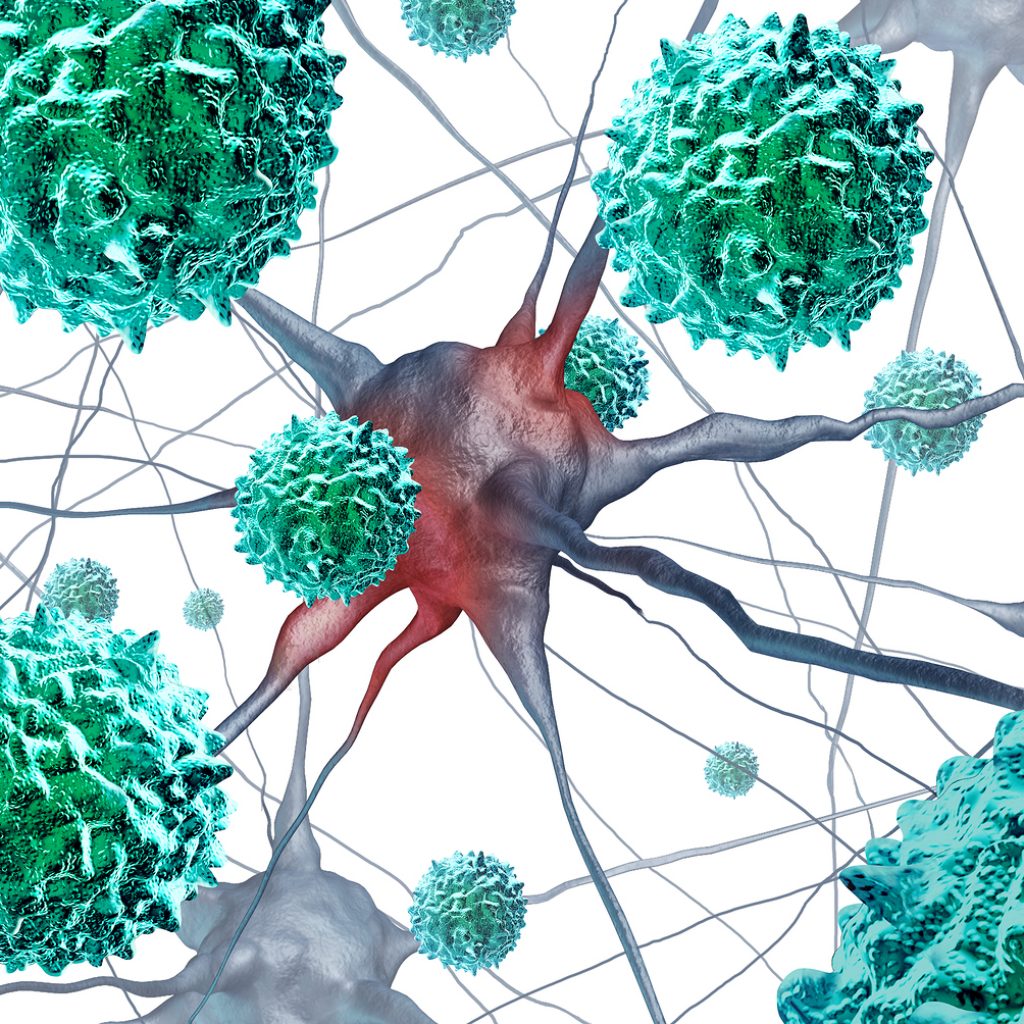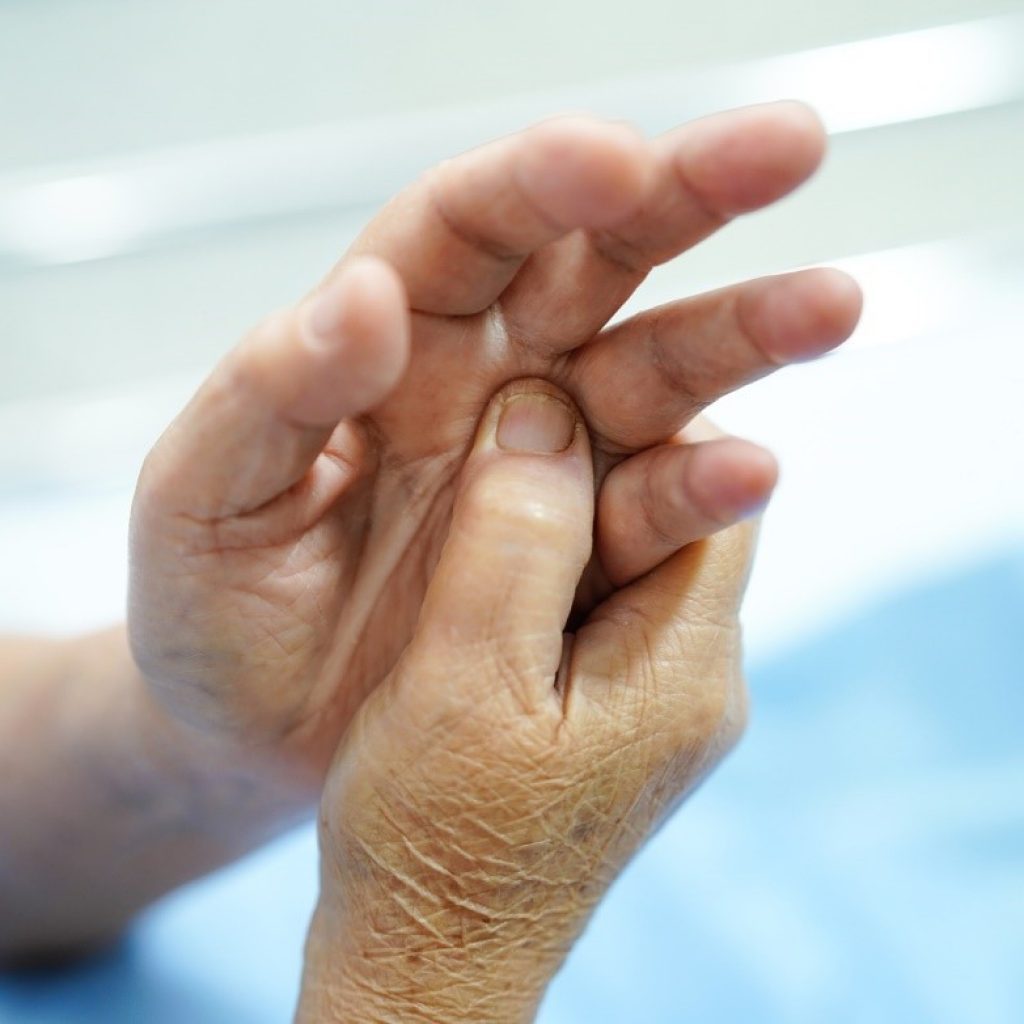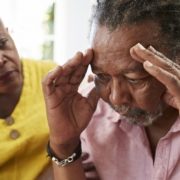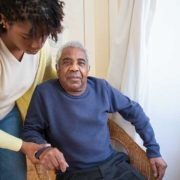Dystonia: A Comprehensive Guide by Your Leesburg Neurology Expert
This article on Dystonia was originally published in November 2019 and has been updated with the latest information and developments as of March 2025.
Dystonia: A Comprehensive Guide by Your Leesburg Neurology Expert
Dystonia is a complex neurological condition that affects muscle control, leading to involuntary movements, abnormal postures, and sometimes pain. Here’s a comprehensive guide to understanding and managing dystonia:
What is Dystonia?
Dystonia is a movement disorder characterized by sustained or intermittent muscle contractions. These contractions cause twisting, repetitive movements, or abnormal postures. It can affect a single muscle, a group of muscles, or the entire body.
Types of Dystonia
- Focal Dystonia: Affects one specific part of the body (e.g., cervical dystonia impacts the neck).
- Segmental Dystonia: Involves two or more adjacent body parts.
- Generalized Dystonia: Affects most or all of the body.
- Task-Specific Dystonia: Triggered by specific activities, such as writer’s cramp.
- Dopa-Responsive Dystonia (DRD): Improves with dopamine treatment.
Causes
Dystonia can be:
- Genetic: Linked to mutations in specific genes (e.g., DYT1, DYT6).
- Acquired: Resulting from brain injury, infections, or exposure to certain medications.
- Idiopathic: No identifiable cause.
Symptoms
- Muscle spasms or cramps.
- Twisting or repetitive movements.
- Abnormal postures.
- Pain or discomfort in affected areas.
- Difficulty with tasks like writing, speaking, or walking.
Diagnosis
Diagnosis involves:
- Medical History: Understanding symptoms and family history.
- Neurological Examination: Assessing muscle control and movement.
- Imaging Tests: MRI or CT scans to rule out other conditions.
- Genetic Testing: Identifying hereditary forms of dystonia.
 Treatment Options
Treatment Options
- Medications:
- Muscle relaxants.
- Dopaminergic agents (e.g., levodopa for DRD).
- Anticholinergics to reduce muscle spasms.
- Botulinum Toxin Injections:
- Temporarily relaxes overactive muscles.
- Physical Therapy:
- Improves mobility and reduces discomfort.
- Surgical Interventions:
- Deep Brain Stimulation (DBS): Electrodes implanted in the brain to regulate abnormal signals.
- Supportive Therapies:
- Occupational therapy.
- Speech therapy for communication challenges.
Living with Dystonia
- Lifestyle Adjustments: Ergonomic tools, stress management, and regular exercise.
- Support Groups: Connecting with others who understand the condition.
- Education: Staying informed about advancements in treatment.
Dystonia is a challenging condition, but with the right care and support, individuals can lead fulfilling lives. Consult Neurology Associates immediately to mitigate symptoms and prevent complications. Dr. Sarbjot Dulai, is a certified neurologist in Leesburg, VA who provides nothing less than comprehensive and compassionate care to all patients. His team specializes in diagnosing and treating neurological disorders. Call us at (703) 726-6393 to set up an appointment today!
Resources:
- Dystonia Society: Offers support and information for patients and caregivers.
- WebMD’s Guide to Dystonia: Comprehensive insights into symptoms and treatments.
